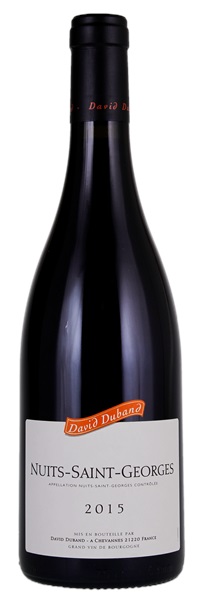Estimate

A cool and ripe nose...cool array of sauvage-tinged aromas of red and dark berries, freshly turned earth and humus nuances...excellent delineation and verve to the utterly delicious medium weight flavors that terminate in a saline, clean, focused and beautifully intense and persistent finish. Lovely juice.
... Very pure but subdued aromas of red berries, flowers and licorice... Juicy and tightly wound...offering penetrating flavors of blackberry and cranbyerry. This firmly structured village wine finishes with substantial spreading tannins.